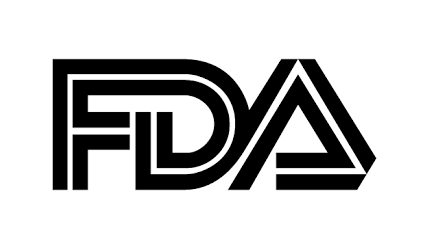
FDA Spells Out When to Report Postapproval CMC Changes
The FDA is clarifying its definition of “established conditions” to ensure drugmakers properly report postapproval chemistry, manufacturing and control changes in NDAs, ANDAs and BLAs.
While federal regulations require manufacturers to let the FDA know of each change in a condition established in an approved application, there has never been a common understanding of what postapproval changes the agency needs to see, newly released draft guidance says.
Past agency guidance on the subject assumed that multiple manufacturers and products would assume the same levels of risk and possess the same level of process and product knowledge. But the lack of clarity caused CMC changes to be mishandled and improvements in manufacturing processes to be put off, the guidance says. The result was unnecessary change submissions that could have been handled internally and Form 483s for changes that should have been reported to the FDA.
Some companies have even expressed reluctance to provide additional information about manufacturing processes and quality control strategies for FDA reviewers, out of fear that the agency would consider every last detail to be an established condition, says CDER spokesman Stephen King.
With last week’s guidance, the FDA hopes to avoid confusion about reportable changes.
The draft defines “established conditions” as “the description of the product, manufacturing process, facilities and equipment, and elements of the associated control strategy, as defined in the application, that assure process performance and quality of an approved product.” Examples include the structure of a drug substance, including its molecular formula and molecular mass, the name and address of the manufacturing facility and a description of the steps of the manufacturing process.
Postapproval changes to quality control strategies also must be reported. Established conditions in this case include parameters and attributes related to drug substance excipients, in-process materials, drug product materials for both small- and large-molecule products, manufacturing facilities and operating equipment conditions, in-process controls, finished product specifications and any methods and frequency of monitoring, sampling or testing.
Sponsors should designate established conditions in the “Introduction to the Quality Overall Summary” section of their original marketing applications. The FDA will assess these during the application review against the sponsor’s risk-assessment and change control strategies, the guidance says.
The FDA notes that what qualifies as an established condition may vary from manufacturing site to manufacturing site, depending on online and real-time monitoring capabilities. Applications listing multiple manufacturing plants may need to specify different established conditions for each site, the agency says.
Comments are due to regulations.gov, docket no. FDA-2015-D-1659, by July 30. Read the draft guidance at www.fdanews.com/05-29-15-CMCguidance.pdf. — Lena Freund
